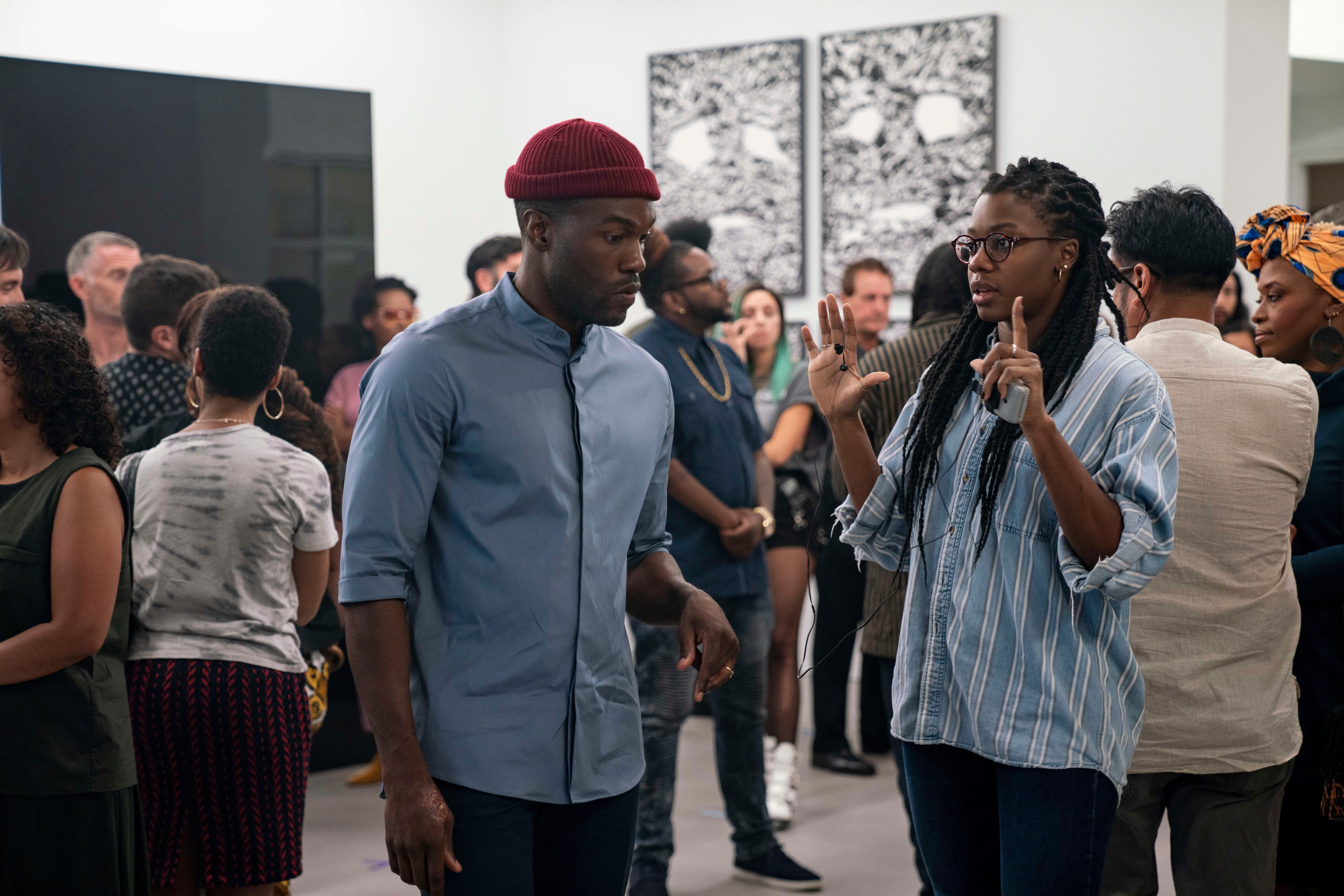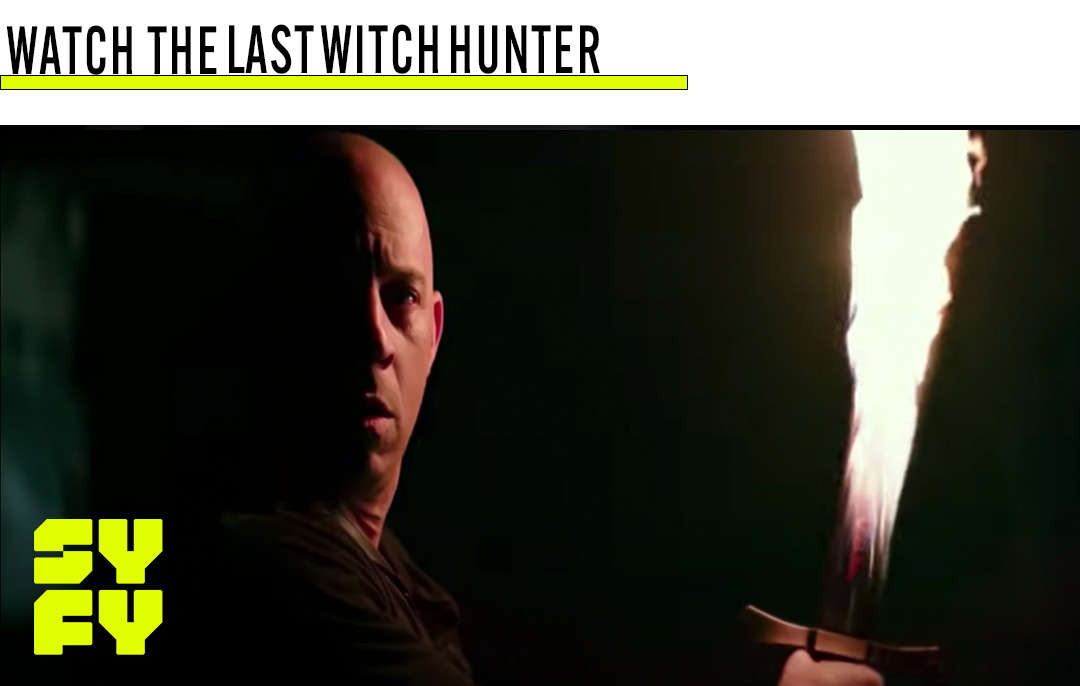Create a free profile to get unlimited access to exclusive videos, sweepstakes, and more!
Candyman director Nia DaCosta on the 'trickiest thing' about bringing back Tony Todd

From the moment a new version of Candyman produced and co-written by modern horror luminary Jordan Peele was announced, fans began speculating over what role Tony Todd might play in the next chapter. Billed originally as a "spiritual sequel" to the original 1992 film, for a while the new Candyman seemed to be steering clear of Todd and his portrayal of the painter turned vengeful spirit also known as Daniel Robitaille, to the point that Todd himself even noted that he was "hurt" when he didn't receive a call to join the project.
Then director Nia DaCosta signed on to helm the film, and one thing became very clear to her: Todd had to appear in the film, but how?
“What’s so interesting is everyone’s like, ‘You have to bring him back, and bring [Virginia Madsen's character] Helen back.’ And it’s like, well, they both aren’t allowed to age, because they’re both ghosts," DaCosta explained on a new episode of Empire's Spoiler Special podcast. "So that’s immediately the trickiest thing about it.”
DaCosta's Candyman moves the action to present day, and follows an artist named Anthony (Yahya Abdul-Mateen II) who becomes obsessed with the Candyman legend and its prevalence in the Cabrini-Green housing projects. As Anthony undertakes a new art project inspired by the legend, his mind begins to deteriorate, and it becomes clear that Candyman might be something more than an urban folktale.
When it came to Todd, the challenge became how to integrate him into the production in a way that felt both organic and true to his history with the franchise, which left some more obvious ideas on the table.
“The bad version is some weird cameo, like, ‘He’s a guy buying art in the gallery!’,” DaCosta said. “It’s like, no – Tony Todd is Daniel Robitaille, is Candyman, and so we knew that’s what he had to be in the film.”
**Spoilers for the ending of Candyman ahead.**
In the end, DaCosta wound up saving Todd's cameo for the very last scene in the film. Though Robitaille and his story are reference earlier in some of Candyman's dazzling puppetry sequences, the man himself finally appears after Anthony has been shot to death by police in the midst of what turned out to be his own transformation into the new incarnation of Candyman. It's a full-circle moment that builds on the film's idea that Candyman is not one man, but a whole lineage of Black men who've been victims of violence over the years as part of a neverending cycle, something DaCosta noted came a bit later in the writing process than other ideas.
The original script I don’t think had that kernel of an idea in it,” she said. “But what it did have was the idea that Anthony himself would become Candyman at the end of the film. That really spoke to me. I was like, ‘Oh that’s so great, because I really want to talk about the fact that these people we make into martyrs or monsters are humans first of all.’ […] At least for me, it was about making sure we talked about the fact that this was cyclical and that history repeats itself, and this isn’t just an incident that happened to one guy named Daniel Robitaille. It’s actually an environment in which we live that allows for these things to happen over and over again.”
And so, a terrifying cameo was born.
Candyman is in theaters now and arrives on VOD platforms Friday.



























